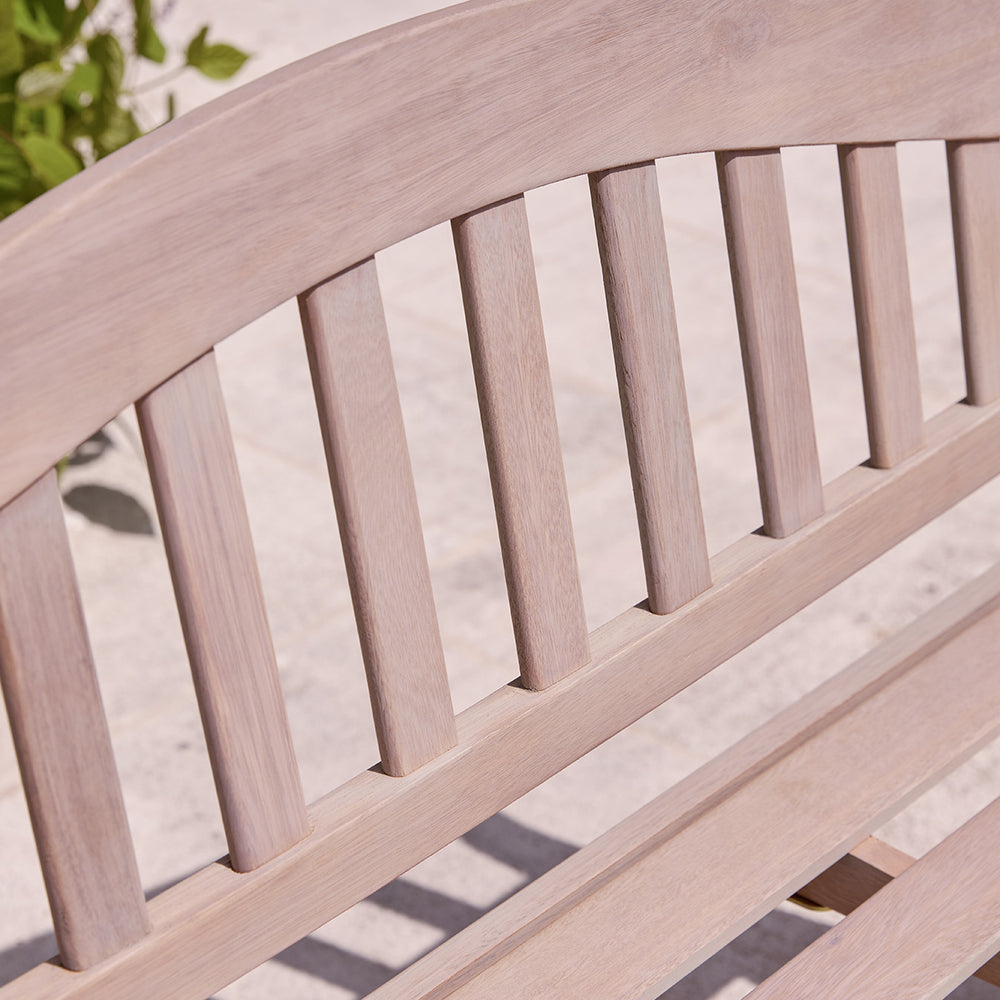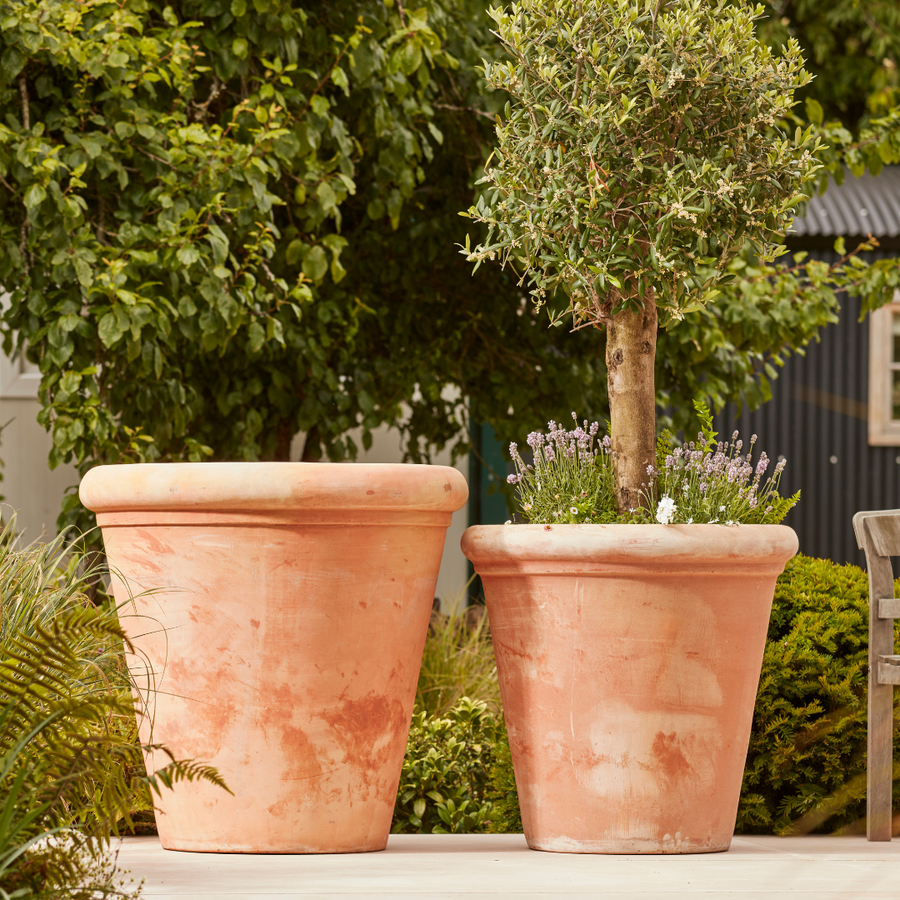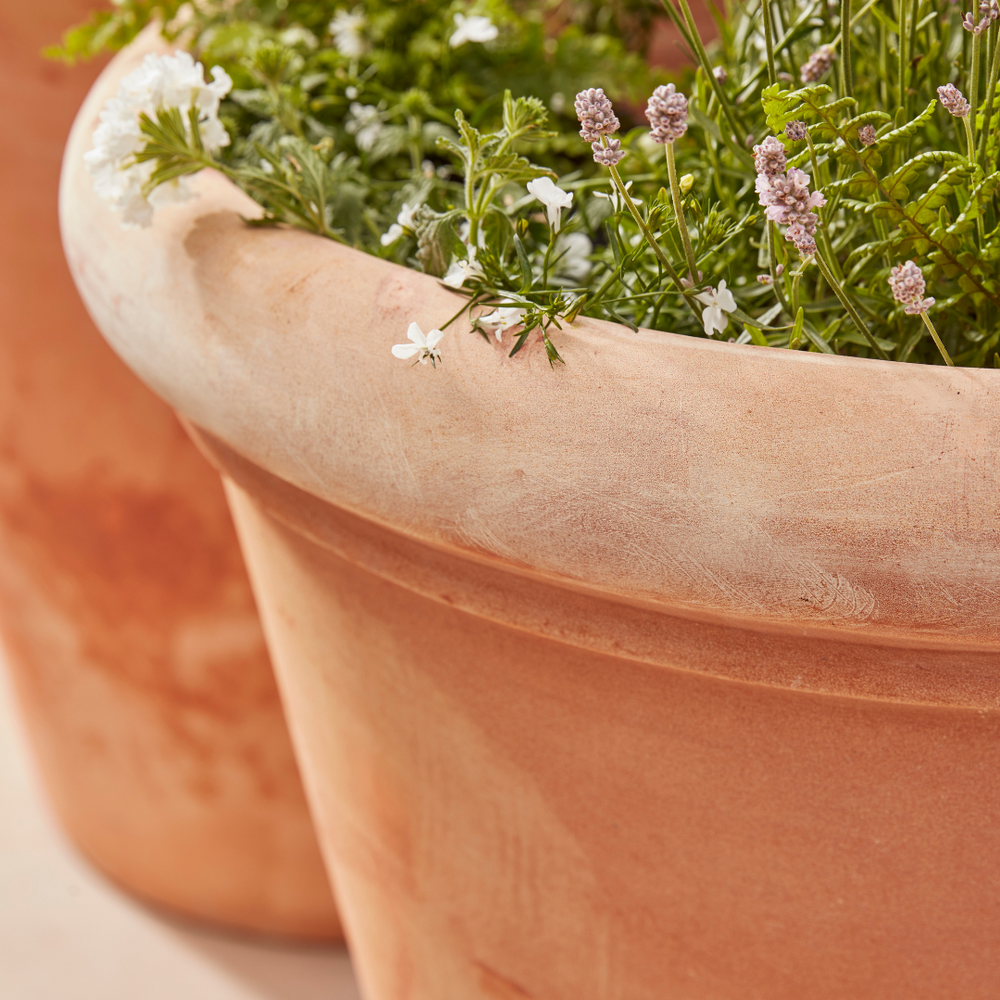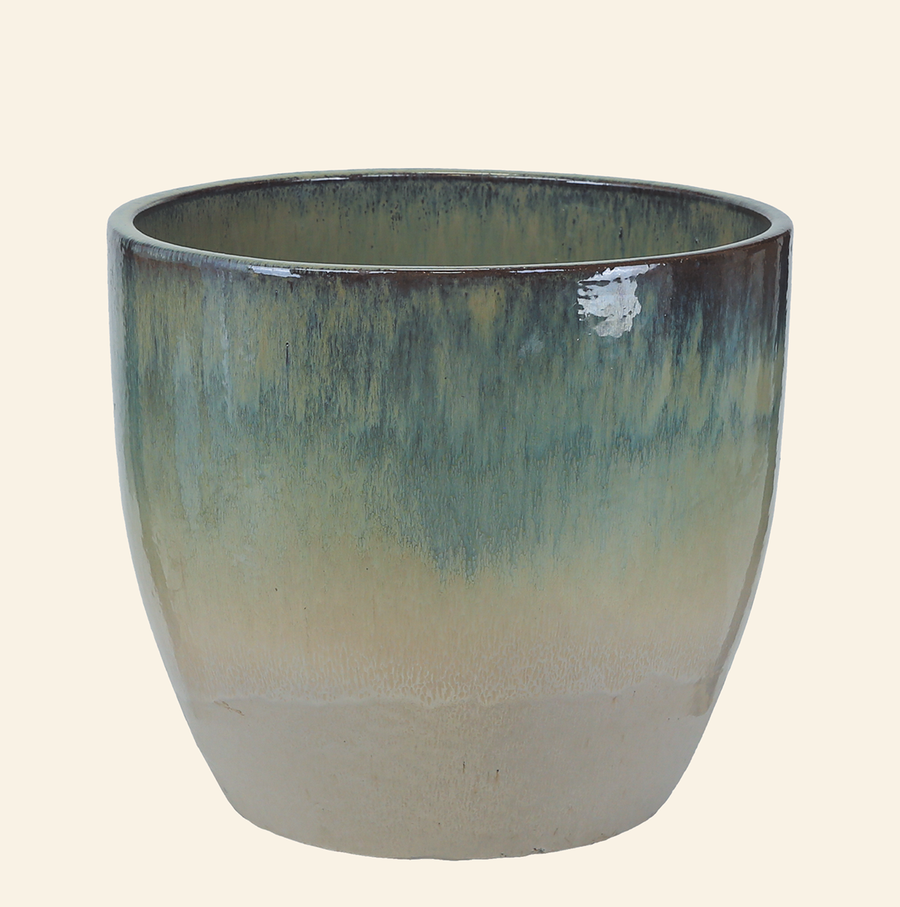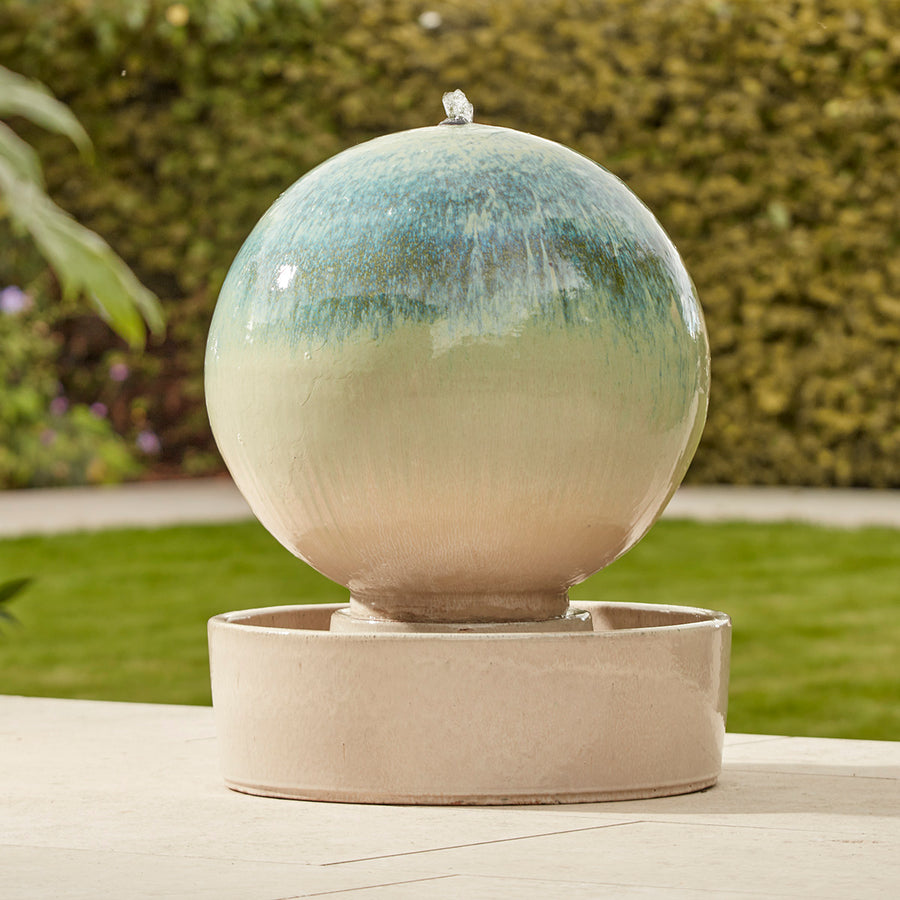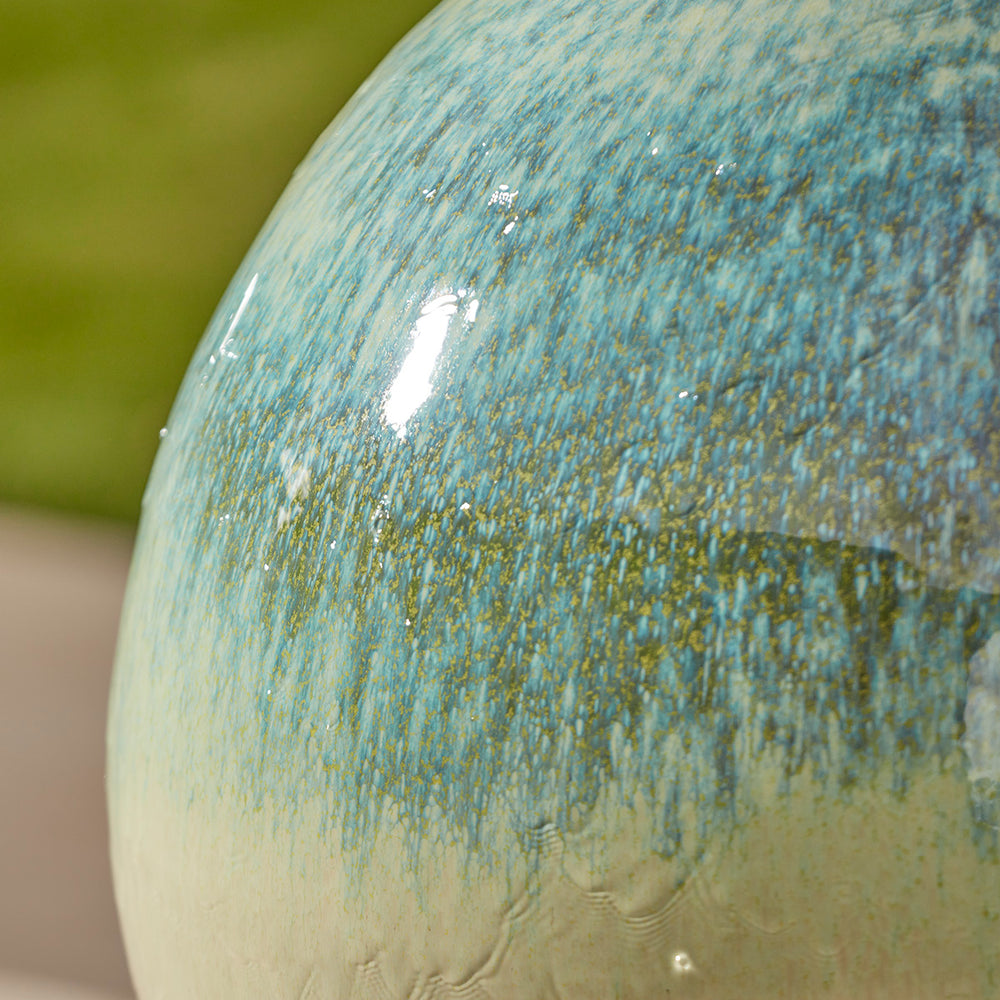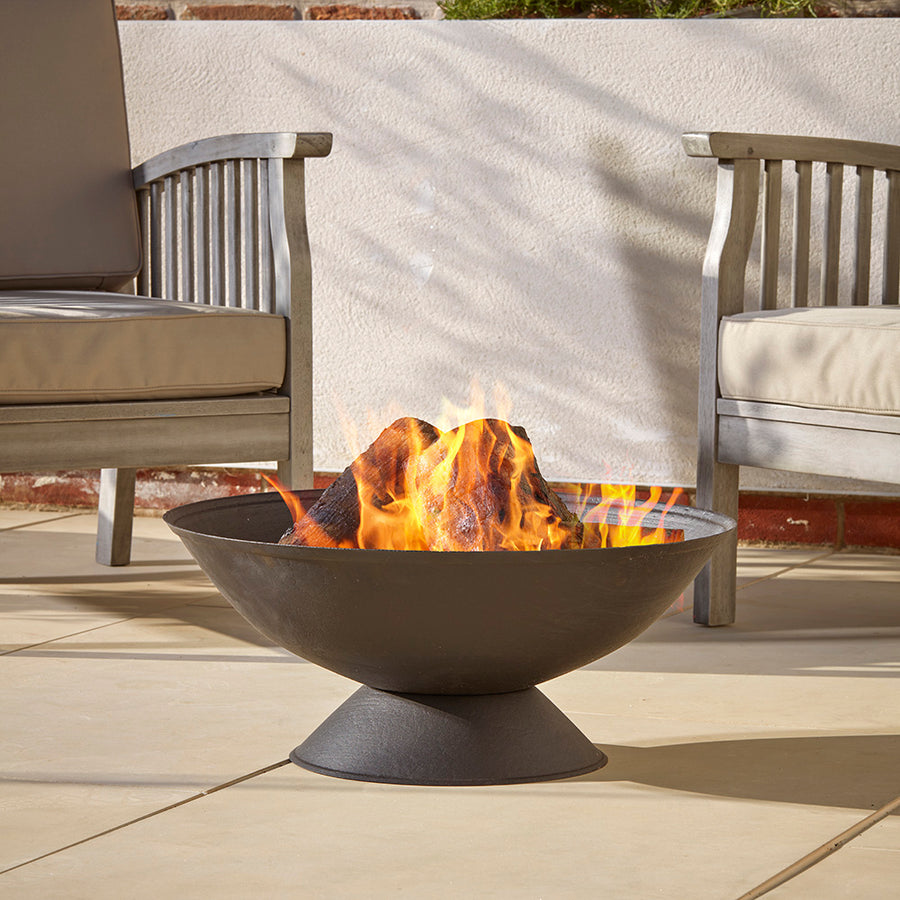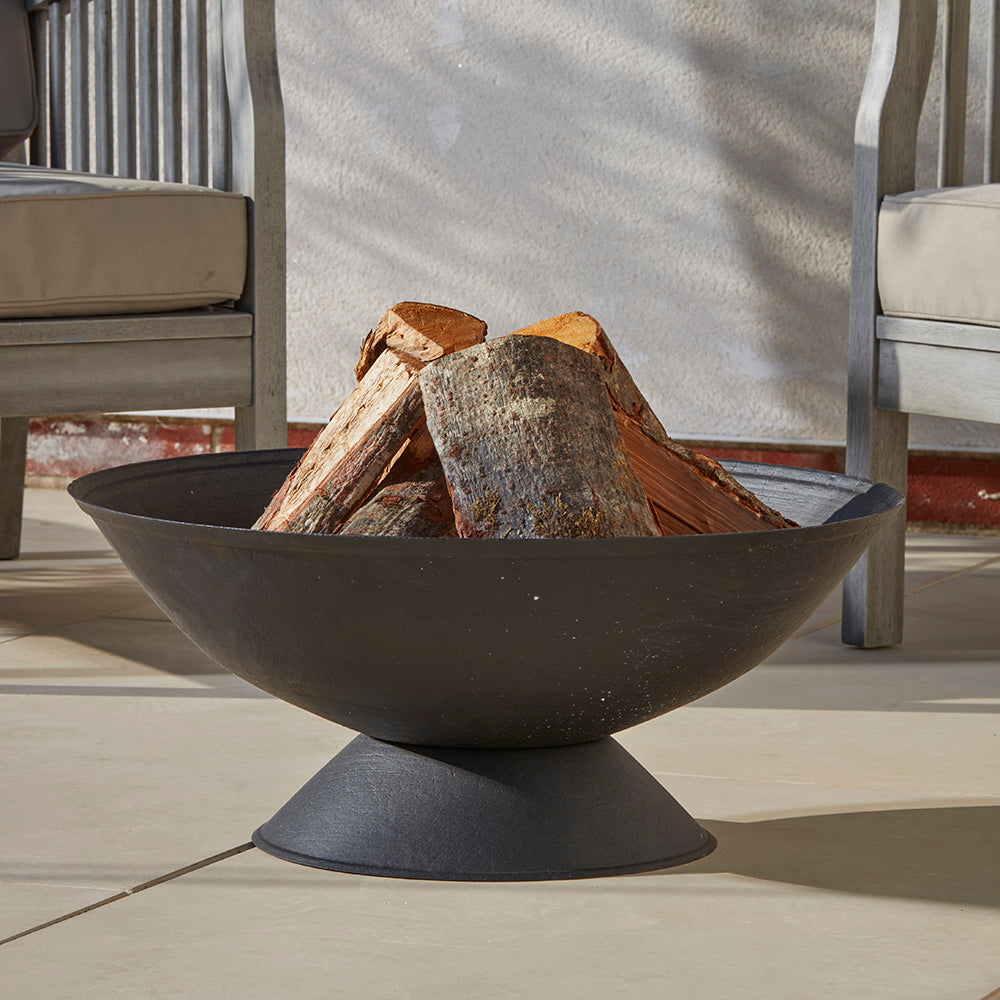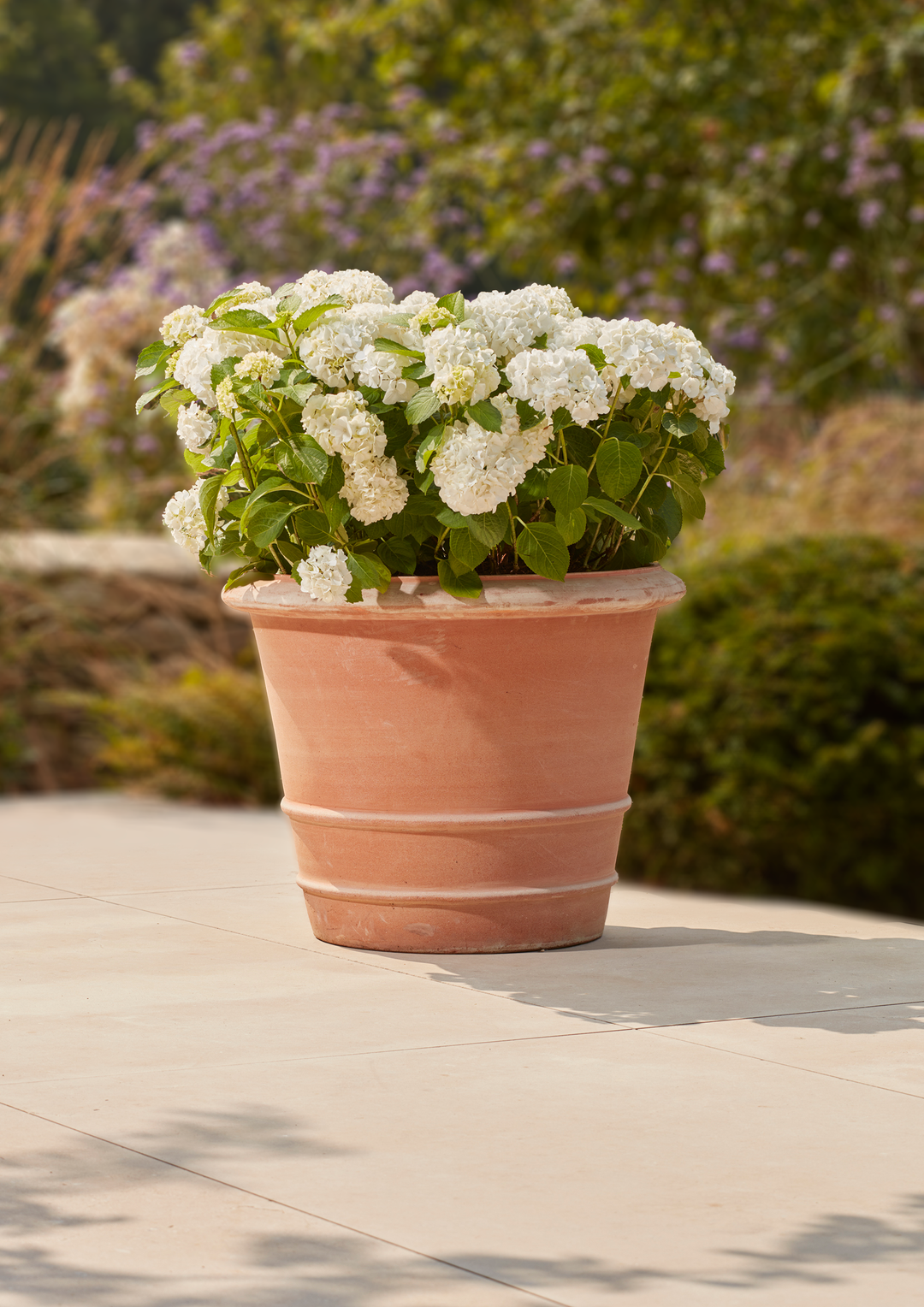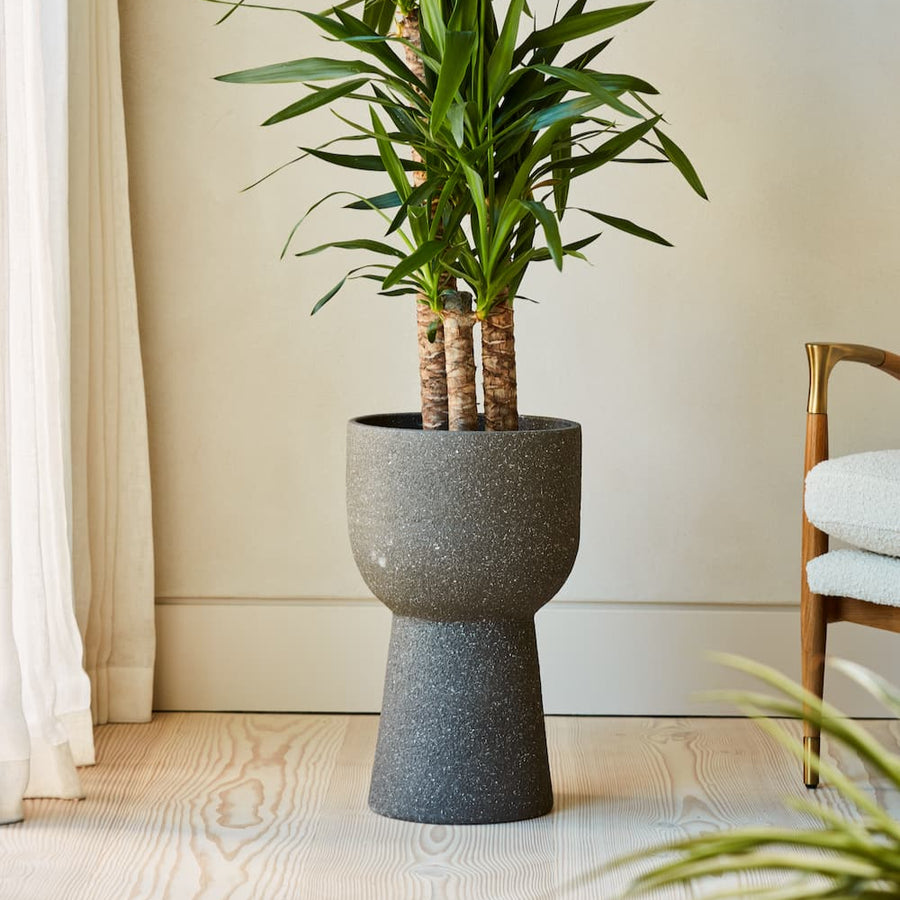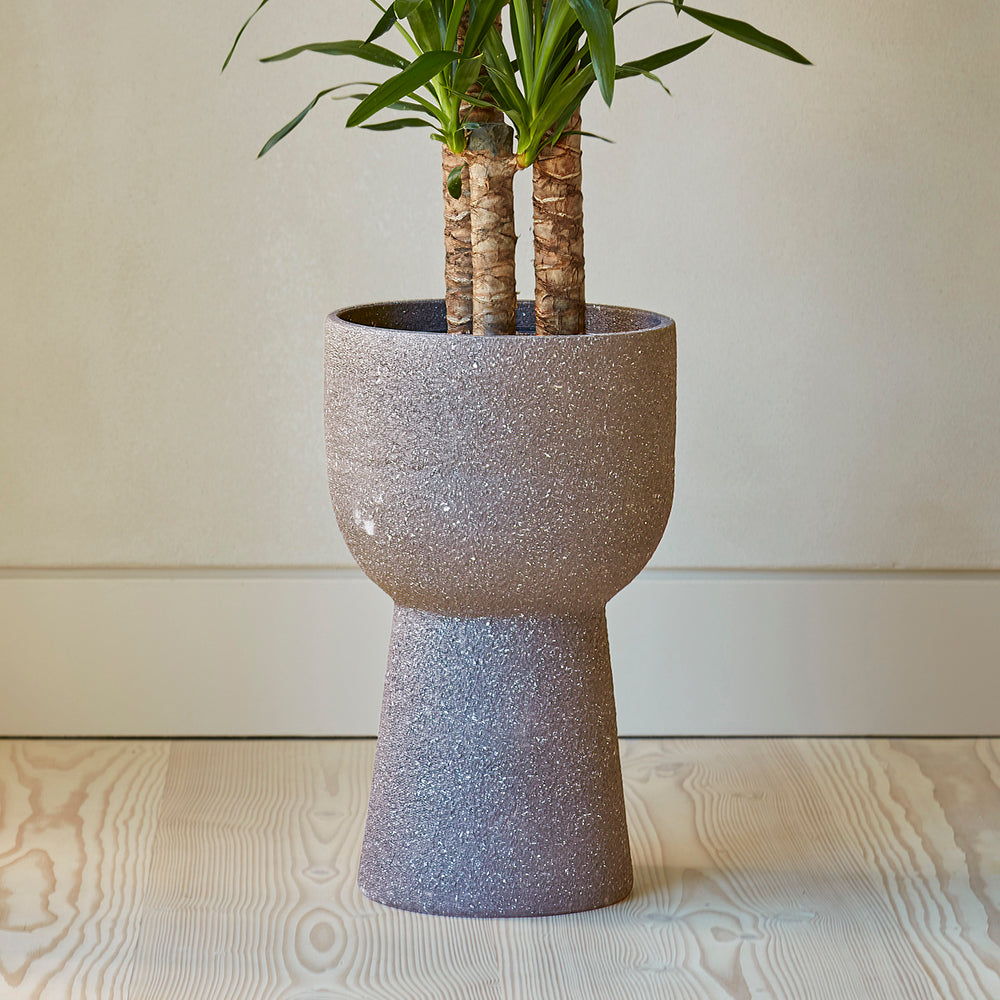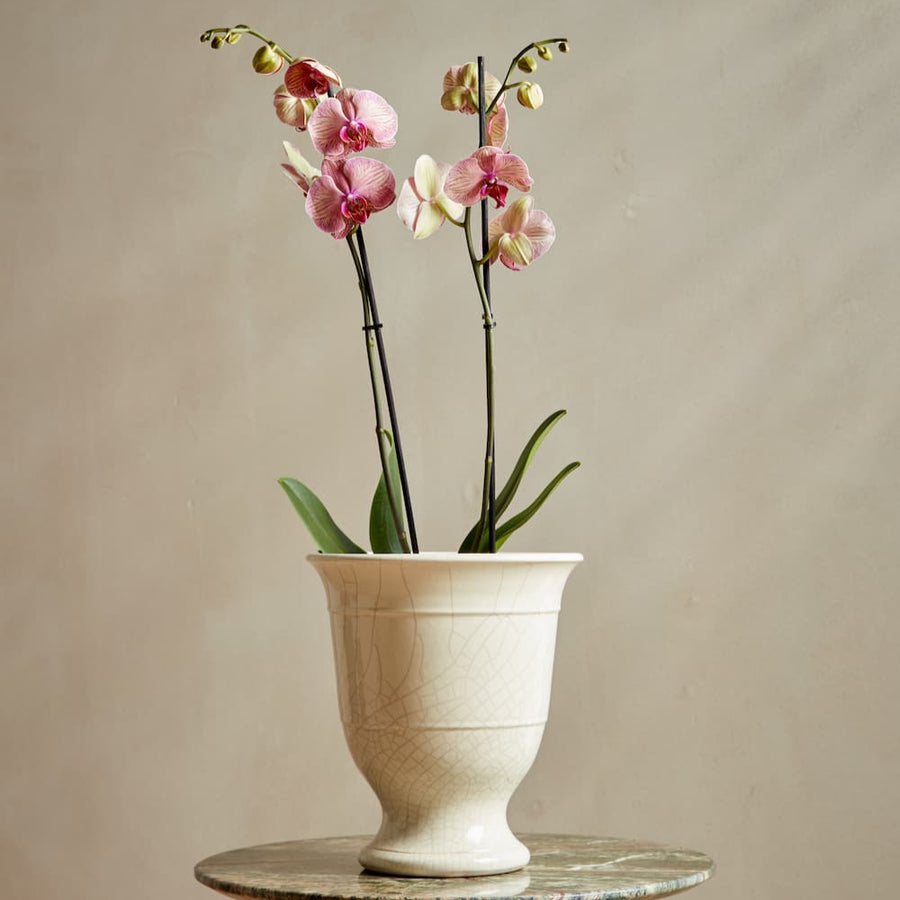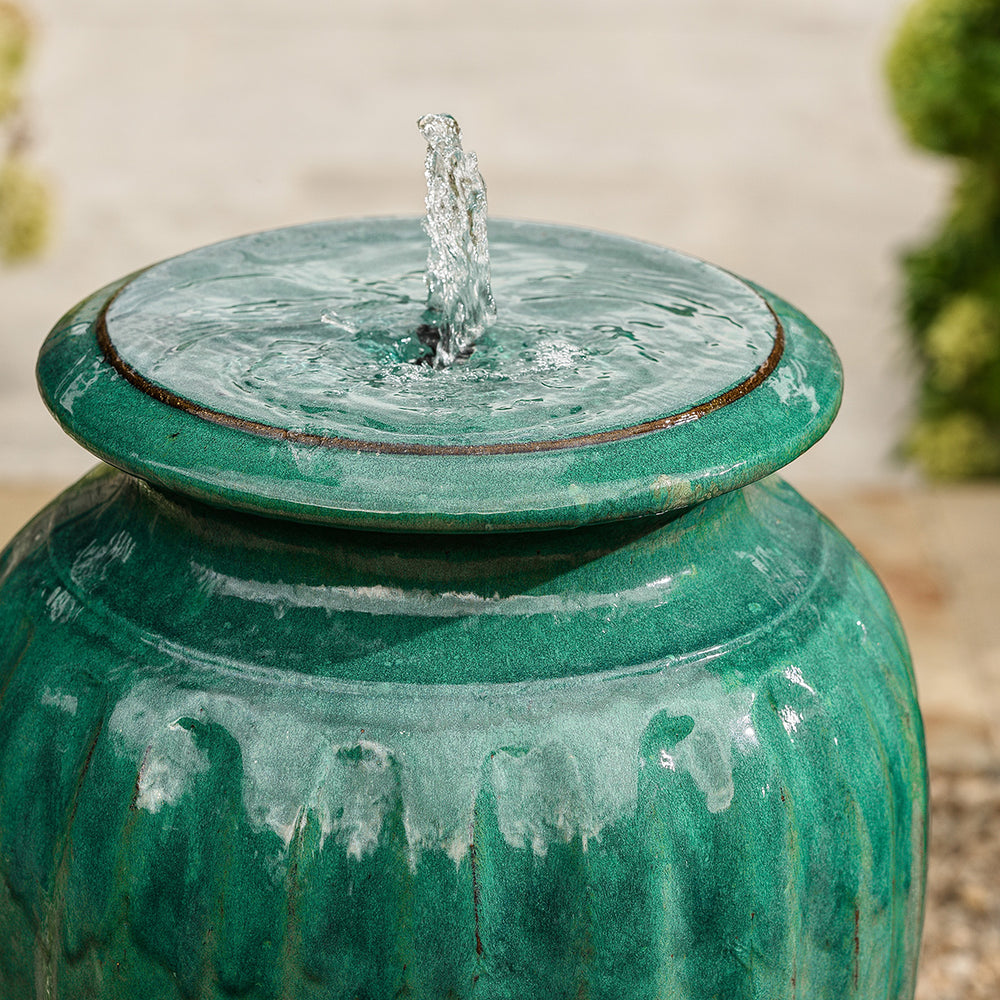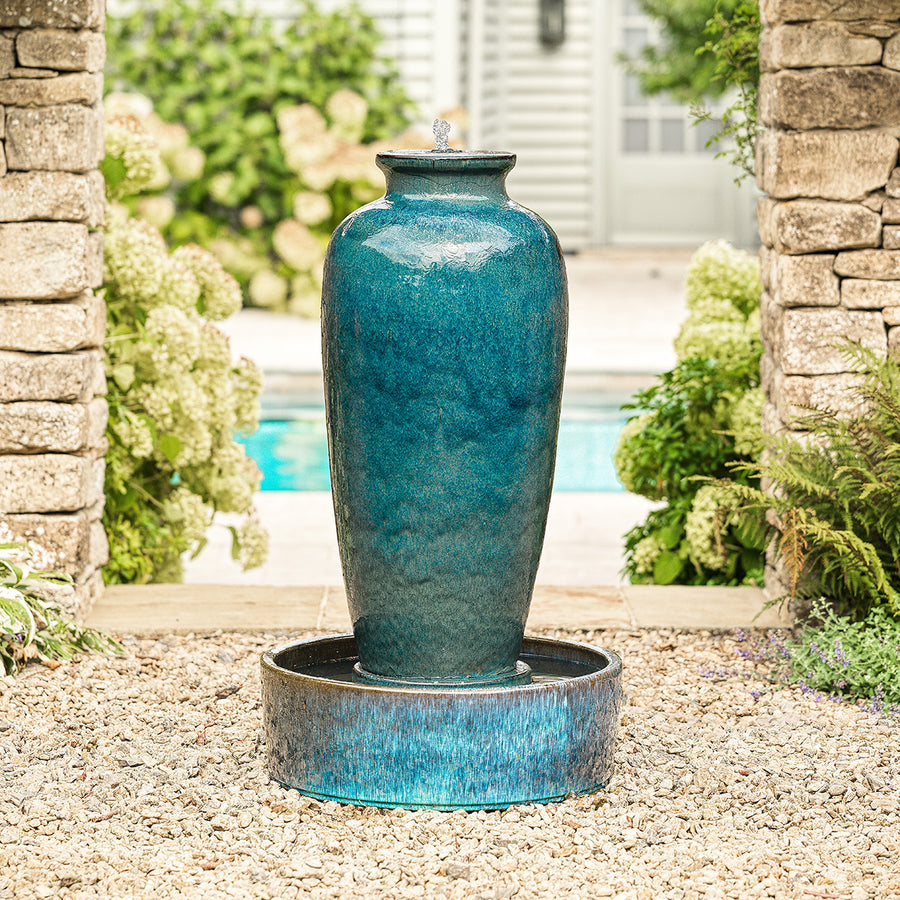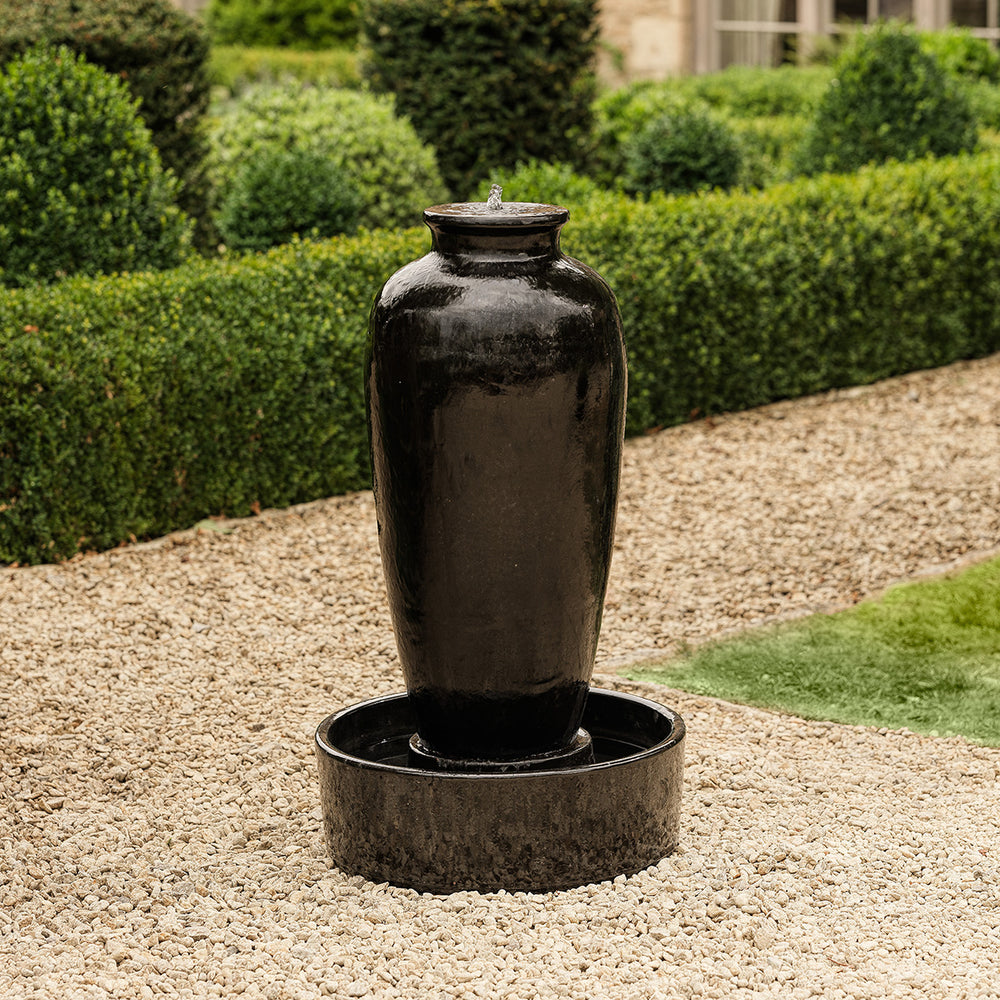In conversation with Green Genie: What to expect working with a Landscape Designer
With so many homeowners looking to reimagine their outdoor spaces, we sat down with the team from Green Genie — the landscape designers with over 1.1m followers on Instagram and the brothers behind our FutureScape garden collaboration — to explore what goes into creating a truly beautiful and functional garden. From choosing the right designer to understanding the principles that make a garden sing, here’s their expert insight.
How do I find a landscape designer?
“Look for someone with a strong portfolio, good reviews, and clear communication,” says Jake and Ethan, the Green Genie team. “Social media is a great tool — it gives you a window into how a designer works day-to-day and how they interact with clients.”
“Choose someone who listens. You want to feel confident they understand your vision and can bring it to life with creativity and care.”
If you’re beginning the process of finding a designer, it’s worth starting with a recognised network. Registered bodies such as the Society of Garden Designers (SGD) are an excellent place to begin — members are accredited, insured, and follow clear professional standards.
How much does it cost to hire a landscape designer in the uk?
Every garden design project is unique, and so are the costs. Green Genie explain that budgets can vary depending on the size, complexity and level of finish — but transparency is key from the beginning.
''Costs vary hugely depending on the size of the project, materials, and level of design involved. It’s an extremely varied subject. Whatever the cost, the most important thing is having a good relationship between client and designer. Clear communication and trust make the biggest difference to the final result. ''
To give a sense of what to expect, we spoke with a few of our contacts in the industry and gathered a helpful guide to current pricing:
-
The average cost for a professional garden design in the UK is around £1,950, according to MyJobQuote
-
Typical design-only fees (before build) range from £600 to £4,500 depending on scale and complexity. A talented, well-established designer can charge around £600 per day — a worthwhile investment for expertise that can completely transform how your garden feels and functions.
-
Some designers charge as a percentage of the total build cost, hich can range anywhere between 8% - 20%
-
For the construction/build stage (hard landscaping, planting, materials), typical costs at:
-
Simpler finishes & straightforward layouts: £150–£250 per m²
-
Mid-range designs with higher-quality materials, lighting or irrigation: £200–£350 per m²
-
Premium projects with bespoke details and luxury finishes: £350–£450 per m²
-
-
Labour and material costs tend to be higher in London and the South East (around 10% more) largely due to higher wage and logistics costs
Whatever the scale, landscaping your garden is a lasting investment — one that matures and adds value with every season.
What should I expect from a landscape designer?
Inviting a landscape designer into your garden is the first step towards transforming how you experience your outdoor space. From the initial consultation to the moment the final plant is placed, a good designer will guide you through each stage with creativity, structure and care. Their role is to interpret your vision — balancing practical needs with aesthetic flow — to create a garden that feels instinctively yours and evolves beautifully over time.
A well-structured process helps clients feel grounded from the start. Green Genie outline their typical approach as:
-
Initial meeting to discuss goals, ideas, and budget
-
Site survey to take accurate measurements
-
Concept design showing layouts and materials
-
Revisions based on feedback
-
Final design and quotation
-
Construction with regular updates throughout
“Each stage gives clients a chance to visualise the space taking shape. It’s a collaborative process, not a handover.”
What are the key principles of good garden design?
For Green Genie, a garden should always be designed to live in. “At Green Genie, we believe the key to a good design is creating a garden or outdoor living area that you can always enjoy. Beyond that, the core principles include:
- A garden that suits your lifestyle and daily needs.
- Strong structure and layout to help the space flow.
- A good balance between hard landscaping and planting.
- Seasonal interest so the garden looks good year-round.
- A design that complements your home and its surroundings. ''
What is the rule of three in landscaping?
The rule of three in landscaping is a simple design principle that helps create rhythm and harmony. Grouping plants, pots or focal points in sets of three (or other odd numbers) makes the space feel more balanced and visually interesting than symmetrical or evenly paired arrangements. It brings a sense of flow and unity that feels instinctive to the eye.
What order should landscaping be done in?
When it comes to the order of landscaping a garden, following a clear sequence ensures a smooth and efficient build:
-
Planning and design – define the layout, style, and materials.
-
Site preparation – clearing, levelling, and marking out areas.
-
Hard landscaping first – install patios, paths, decking, retaining walls and structures.
-
Soil improvement and drainage – prepare the ground for planting.
-
Planting and soft landscaping – add trees, shrubs, and borders.
-
Finishing touches – lighting, garden furniture, and plant pots and decorative features.
This order helps prevent damage to finished areas, keeps costs predictable, and ensures every element works harmoniously together from the ground up.
How do I know what garden style to choose?
When asked how to help clients define their garden’s character, Green Genie start with lifestyle.
“Think about how you want to use the space and how much maintenance you’re comfortable with. From there, we look at the style of your home, the light levels, and your personal preferences. We then tailor a design that works for both your lifestyle and the space. ”
What is the best time to hire a landscaper?
The best time to hire a landscaper is during late winter to early spring, when designers and contractors are planning their year and your garden can be ready to enjoy by summer. Booking early allows time for design, material sourcing, and any necessary groundwork before the busy season begins.
However, autumn and winter can also be ideal for design work. Many homeowners use these quieter months to plan layouts, choose materials, and confirm planting schemes so construction can start as soon as the weather improves.7
Ultimately, the best time to hire a landscaper is as soon as you’re ready to start the design conversation. Early planning ensures availability, better budgeting, and a smoother path from concept to completion.
What are the biggest garden design trends for now — and what should we look out for next season?
Green Genie have noticed a shift towards outdoor spaces that feel both grounded and flexible. ''We’re seeing lots of demand for:
-
Outdoor living areas — from pergolas and fire pits to generous seating zones
-
Naturalistic, soft layered planting
-
Low-maintenance layouts with lasting structure
-
Wildlife-friendly features
-
Sustainable materials and drainage solutions
-
Clean, modern lines softened with natural textures
-
Spaces that transition easily between seasons
We’ve seen a massive rise in customers wanting areas that still work when the weather isn’t the best (typically England!), but that also open up fully so they can make the most of the sunshine when it appears.''
A Shared Vision
At Gardenesque, we believe a well-designed garden sets the stage for how you live outdoors — whether that’s a morning coffee beneath a pergola, a cluster of terracotta pots brimming with trees, or an evening beside a fire bowl.
Working with teams like Green Genie reminds us that good design isn’t about trends or decoration; it’s about connection — between people, plants, and place.



